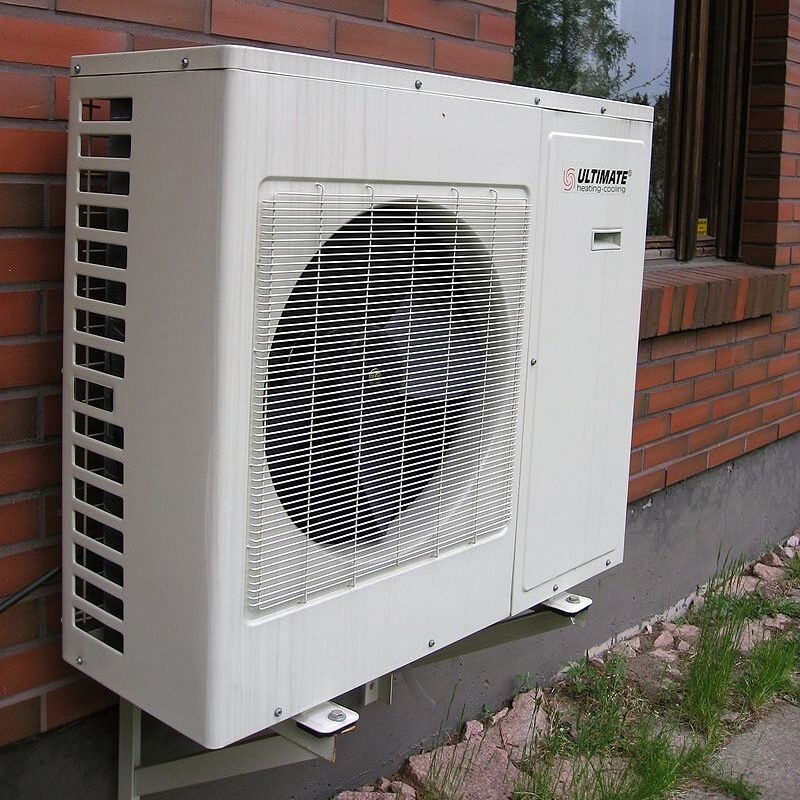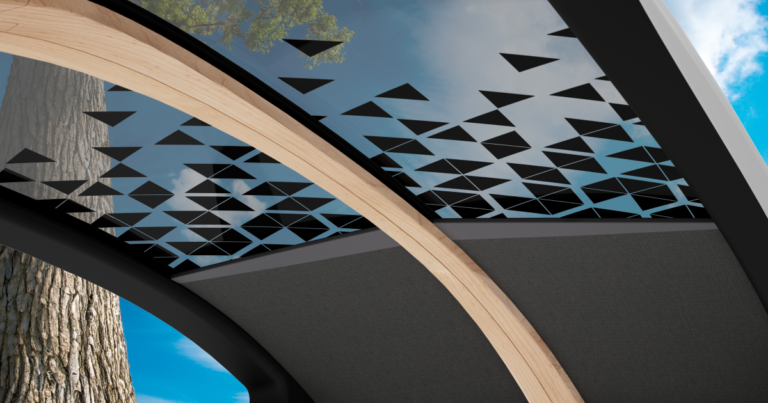Webasto, a German supplier and developer of vehicle-integrated PV in the automotive industry, unveiled a new solar roof system concept with components that are 40% lighter and a capacity of 350 kWh per year.
Germany-based Webasto, a developer of vehicle-integrated photovoltaic (VIPV) solutions and supplier to the automotive industry, unveiled a new car roof system concept designed to generate 350 kWh of electricity per year and reduce the weight of the roof system by up to 40% compared to with conventional designs.
The new PV roof concept, called EcoPeak, is a VIPV system covering the rear window and roof, made with triangular silicon solar cells arranged in a honeycomb matrix pattern. The larger surface area reportedly allows for up to 2,500 km more range per year, depending on the vehicle and local climate conditions, Webasto said.
“The design of the solar cells and the panel design was done internally by Webasto by our R&D department. But it was not just an abstract design activity, we also explored possible suppliers for a hardware build-up of this concept in the future,” said Maximilian Hofbeck, director of product management and sustainability. pv magazine.
The EcoPeak concept is intended to enable car manufacturers to focus on sustainability, aesthetics or a combination of both, said Jan Henning Mehlfeldt, board member responsible for Webasto’s global car roof business. For example, if the focus is on efficiency, the cells can be placed over the entire surface, without any gaps between them. Alternatively, fewer cells and more space for different shapes could allow for more comfort or natural light in the cabin
In the past, Webasto has used conventional passivated emitter rear contact (PERC) solar cells to make 300W solar roofs for electric SUVs. “The Fisker Ocean is a perfect example of this: the large opening Webasto sunroof is a real eye-catcher and makes sustainability tangible,” says Mehlfeldt.
Another feature of the EcoPeak concept is that it uses polycarbonate material made from biomass-balanced and recycled materials instead of aluminum, making it reportedly 40% lighter, according to the manufacturer.
The European Chemical Industry Council defines the biomass balance method as a technique developed by BASF to use bio-naphtha or biogas derived from organic waste or vegetable oils to partially replace fossil resources to produce chemicals and reduce greenhouse gas emissions, while improving product quality is retained.
When asked about the chances of the EcoPeak innovations becoming commercial products, Mehlfeldt said pv magazine“Internal developments are underway for all our roof systems and we look carefully at the components and sustainable alternatives. Here we use insights from the EcoPeak to provide a wide range of sustainable solutions for customer-specific requirements.”
This content is copyrighted and may not be reused. If you would like to collaborate with us and reuse some of our content, please contact: editors@pv-magazine.com.
Popular content



